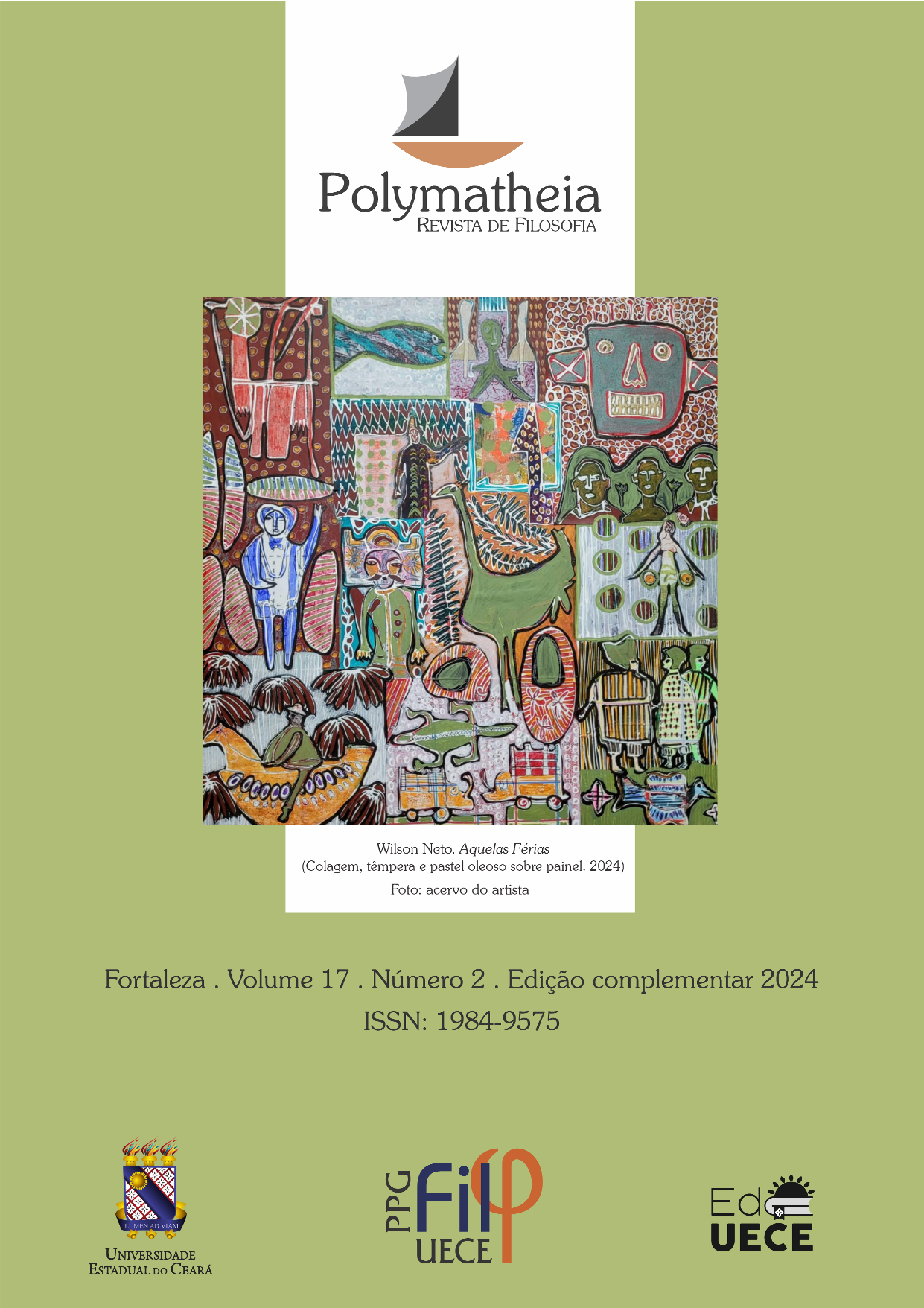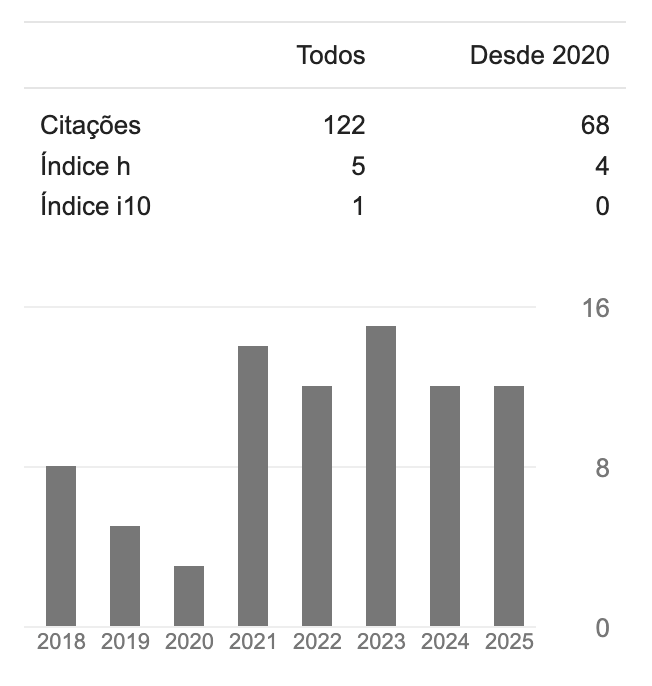Does experiencing emotions amount to feeling pleasure or pain?
A discussion about the emotions in Aristotle
DOI:
https://doi.org/10.52521/poly.v17i2.12818Keywords:
Aristotle, Emotions, Pleasure, Ethics, RhetoricAbstract
In the treatises on Ethics as well as in the Rhetoric, Aristotle characterizes emotions as states accompanied by pleasure or pain. In the analysis of the emotions that he offers in Book II of the Rhetoric, various emotions are defined as being a given pain or pleasure, which suggests that each of these emotions is a state of pain or pleasure. If that is the case, then experiencing an emotion is feeling pleasure or pain. However, for many states that are treated as emotions in the Rhetoric, it is not clear whether there is pleasure or pain involved. Furthermore, in the analysis of hatred, the emotion that is opposed to love, Aristotle states that the subject who hates feels no pain. Therefore, in identifying emotions generally as pleasure or pain one ultimately deems as non-emotions a variety of things that are considered to be emotions in the treatises on Ethics and in the Rhetoric. I intend to show that we can count as emotions every state analyzed in Rhet. II.2-11, and that, in one way or another, there is pleasure or pain involved in every emotion; nonetheless, this does not entail an identity between these terms. To that effect, I examine the accounts of the emotions in the Rhetoric, specifically regarding the relation between each emotion and the pair pleasure/pain. Next, I discuss two interpretations found in the secondary literature. Lastly, I lay out my conclusion: even though we feel pleasure or pain when we experience an emotion, the emotions themselves are not reducible to states of pleasure or pain.
Downloads
Downloads
Published
How to Cite
Issue
Section
License
Copyright (c) 2024 Mariano Bay de Araújo

This work is licensed under a Creative Commons Attribution 4.0 International License.











